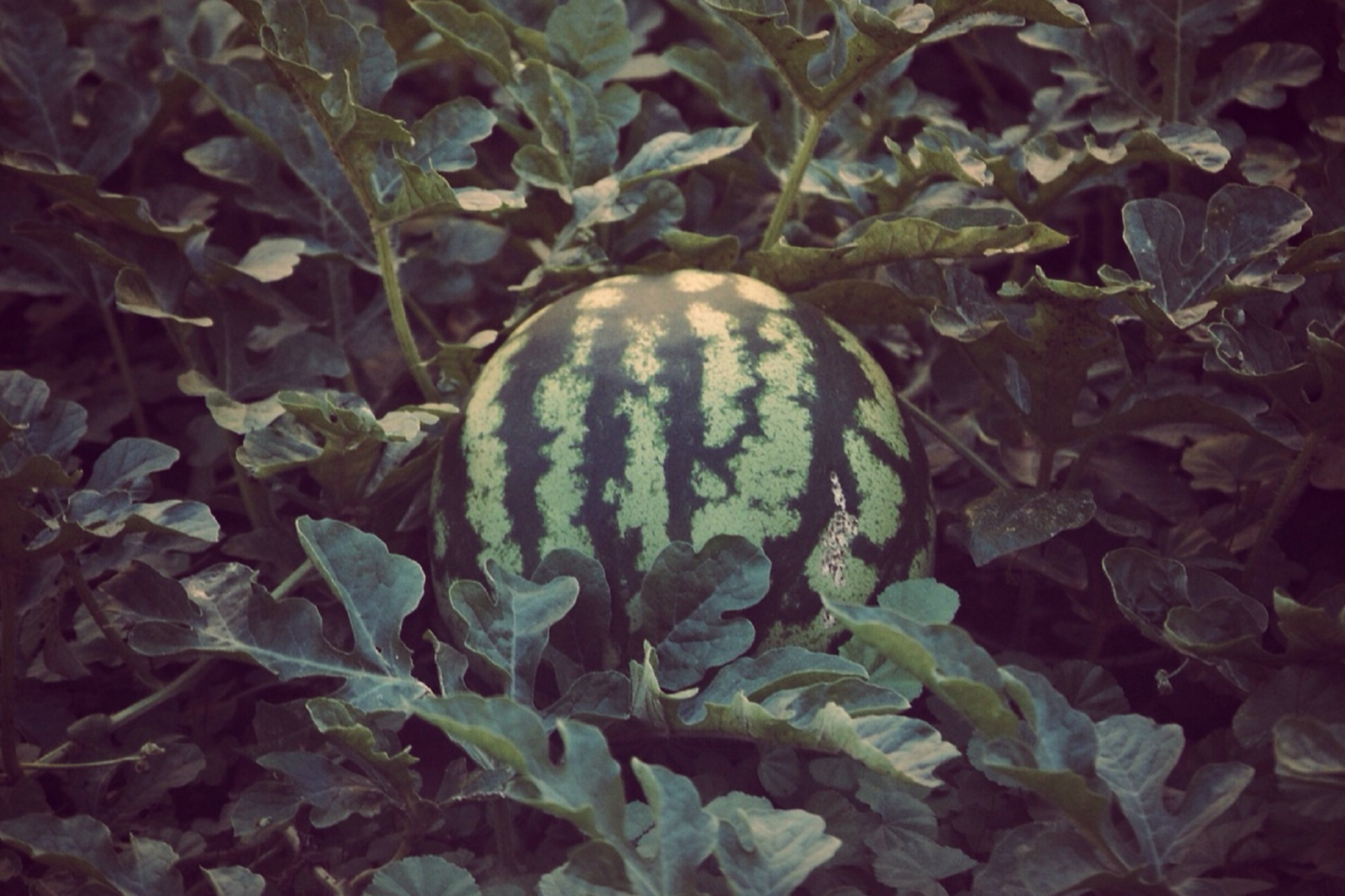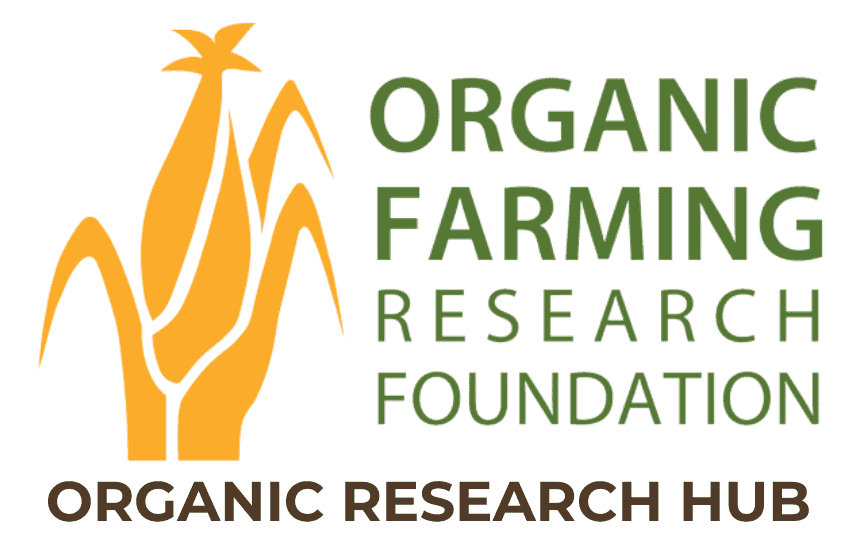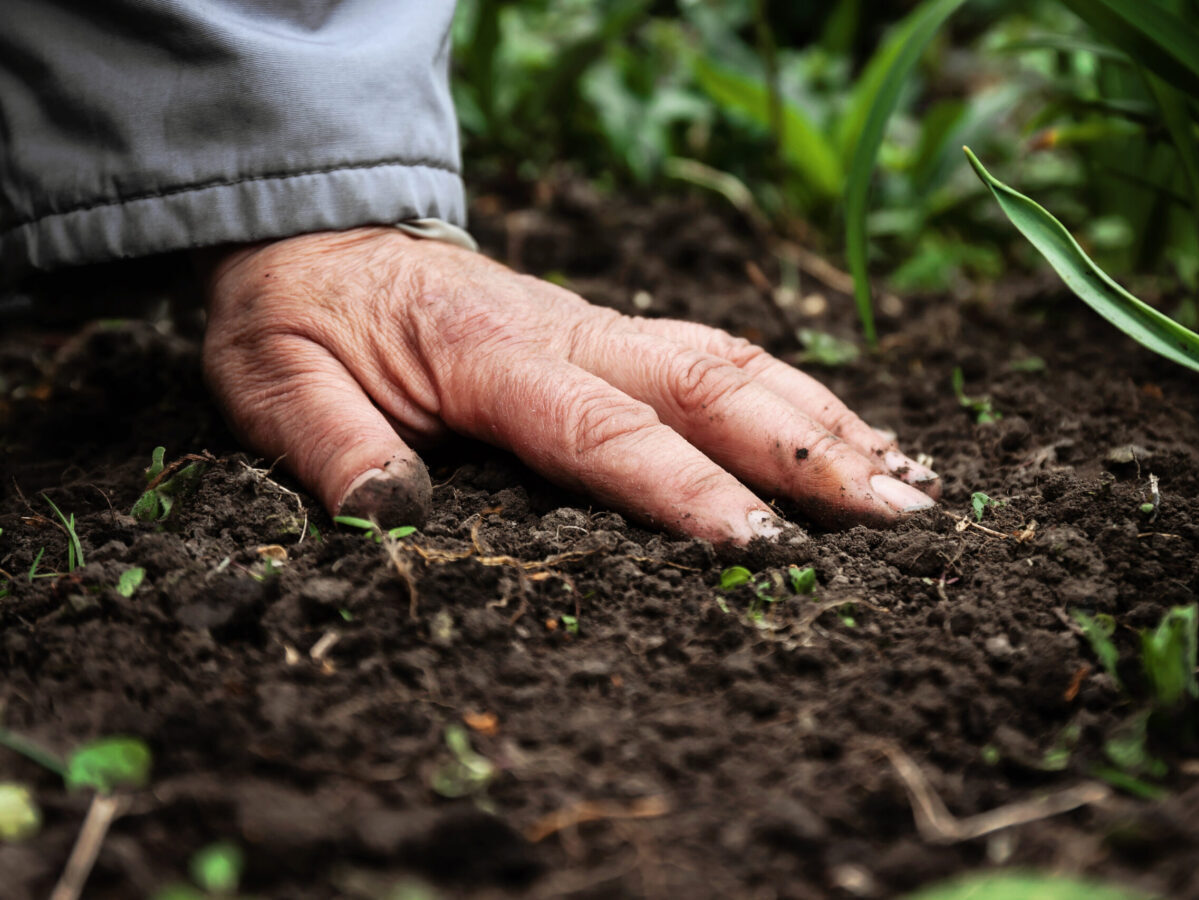Grafting Vegetables for Soil-Borne Disease Resistance
Carol Miles, Washington State University

Organic tomato, eggplant and watermelon production in Washington is limited by soilborne diseases such as Verticillium wilt. Disease control in organic systems relies on use of resistant varieties, but selection is limited and varieties are often not the ones best suited for the region. Grafting with resistant rootstock is an organically-acceptable technique for disease management and is used throughout Asia, Europe and Canada with excellent results, but has not been explored in the northwest U.S. This project explores the efficacy and costs of grafting tomato, eggplant and watermelon in Washington and explores inexpensive and small-scale appropriate greenhouse grafting techniques.
The objectives of this study were to:
- Evaluate in the greenhouse different healing environments for grafted tomato, eggplant and watermelon;
- Test grafted tomato, eggplant and watermelon in two Washington organic fields (Mount Vernon and Eltopia), each with high Verticillium wilt pressure;
- Evaluate fruit quality of grafted tomato, eggplant, and watermelon;
- Calculate costs for vegetable grafting;
- Publish information for growers on vegetable grafting methods and techniques.
The study evaluated three designs of healing chambers on the survival of grafted eggplant, tomato, and watermelon. Smaller chambers maintained higher humidity, while humidifiers did not improve humidity or graft survival. Grafted tomatoes survived well in all designs, but watermelon survival was low, showing tomatoes tolerate lower humidity better than watermelons. Research conducted in 2010 and 2011 at organic sites in the Columbia Basin and western Washington examined non-grafted, self-grafted, and grafted plants on rootstocks for V. dahliae resistance. All grafting types had similar yields, fruit size, and quality. Eggplant grafted onto the ‘Beaufort’ tomato hybrid had lower Verticillium wilt severity than others, with V. dahliae found in all treatments. Grafted tomatoes showed no wilt symptoms. Grafted watermelons had less wilt severity compared to non-grafted ones, suggesting ‘Emphasis’ and ‘Strong Tosa’ rootstocks may be partially resistant to V. dahliae. New WSU Extension resources on grafting techniques, rootstocks, and supplies are available on our website, along with a new journal article on healing chamber environments in northwest Washington.
Region
Northwest
Topic
Disease Management, Plant Breeding, Varieties, and Seeds
Category
Vegetables/Fruits
Date Range
2011-2020
Funding Amount
$12,984
Funding Year
2011Location
Mount Vernon, Washington
Collaborators
Debra Inglis, Washington State University
Alan Schreiber, Schreiber & Sons Farm



